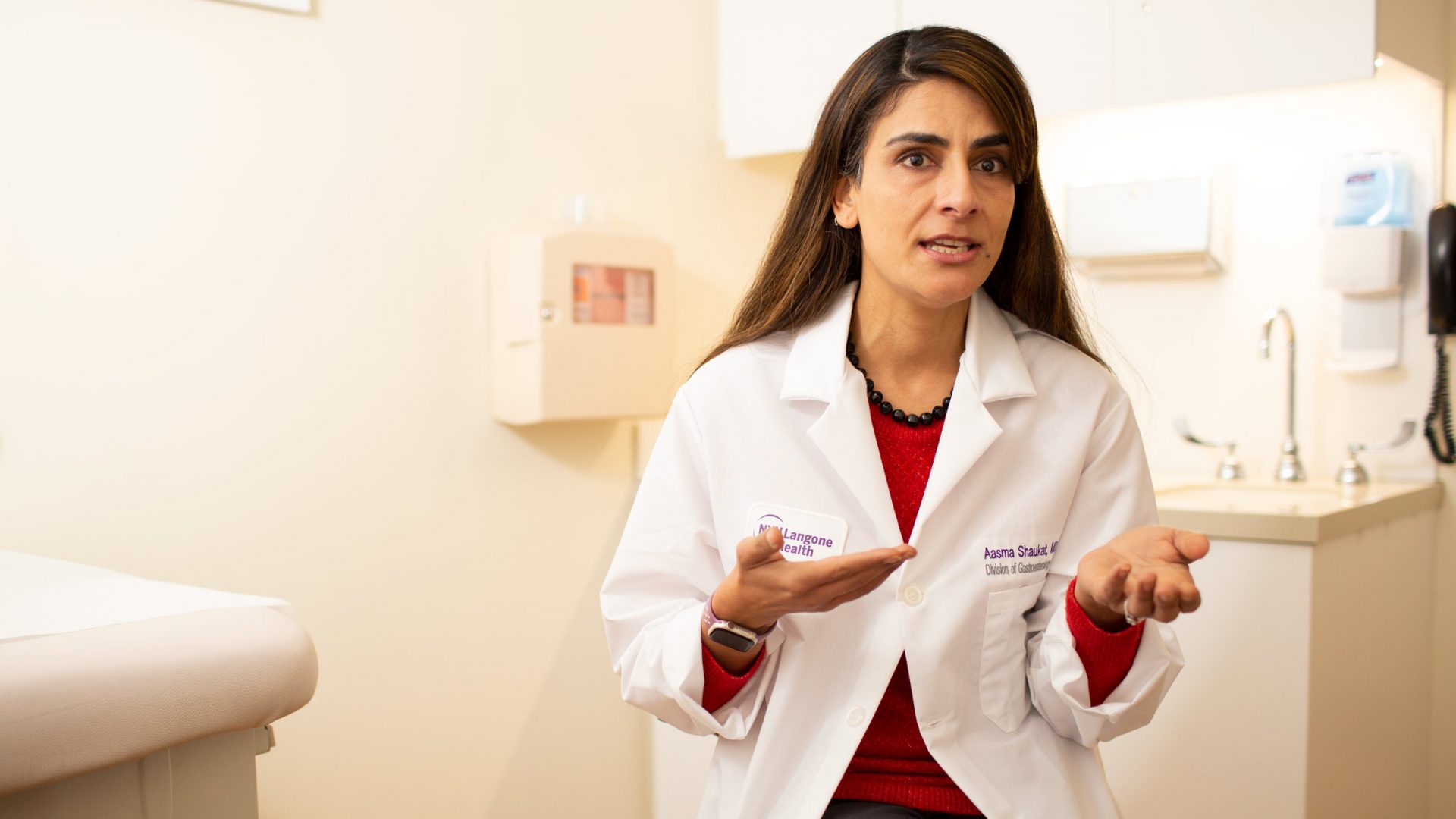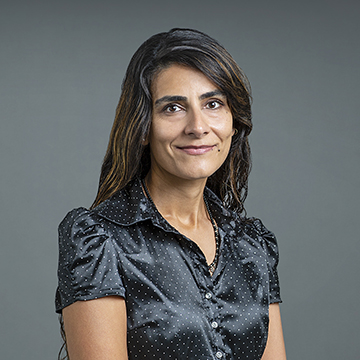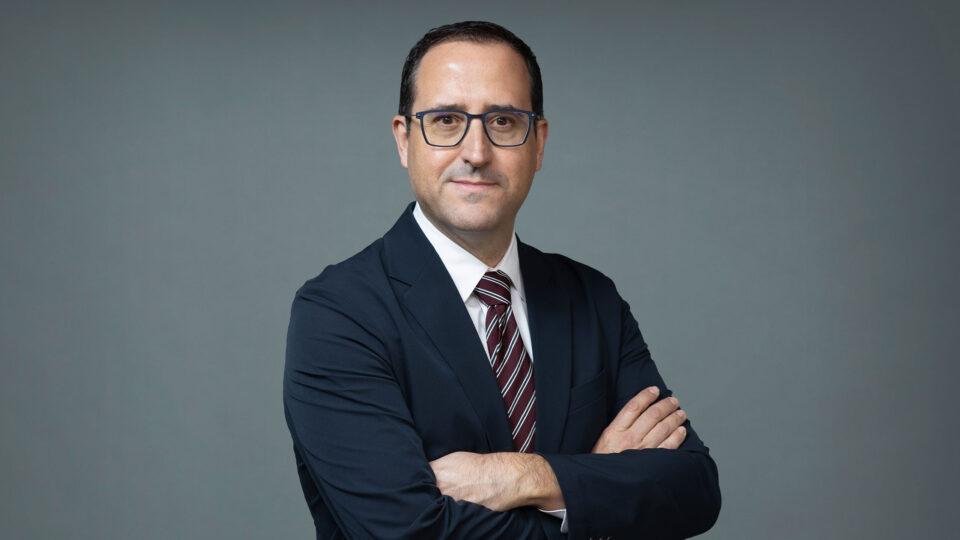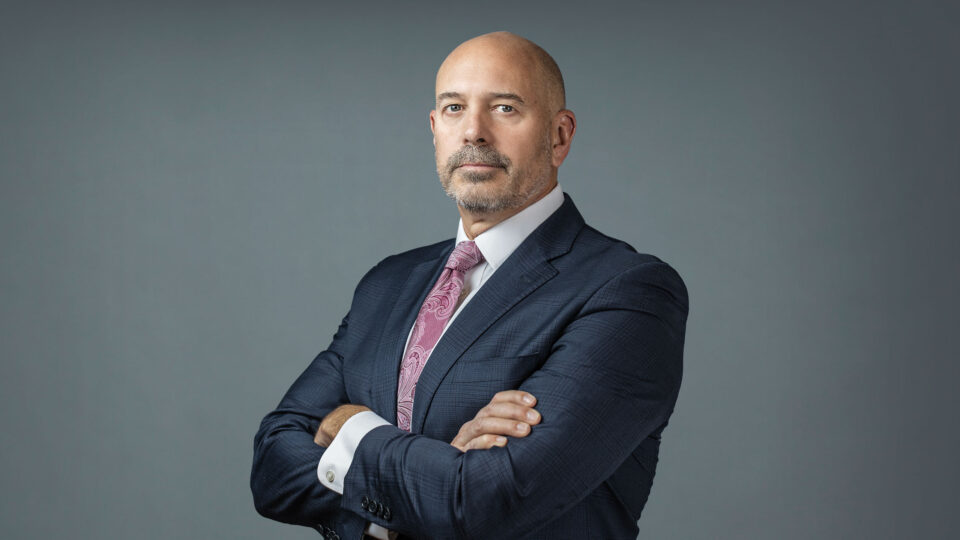Colon cancer screening remains a persistent challenge for gastroenterologists and primary care physicians alike. As expanded guidelines and technologies widen the pool of screen-eligible adults, fewer barriers remain, says Aasma Shaukat, MD, MPH, director of outcomes research in the Division of Gastroenterology and Hepatology at NYU Langone Health. She shares her perspective on colon cancer screening in the U.S. and ways to improve adherence.
Screening Challenges
Physician Focus: Colon cancer screening is a proven strategy to reduce associated deaths. Why aren’t screening levels higher?
Dr. Shaukat: It’s a question we constantly ask. Although screening rates have increased over the past 15-20 years, as a nation we’re still at only about 60 percent adherence in eligible adults. Ideally, we’d be at 100 percent, or 80 percent at minimum as recommended by the National Colorectal Cancer Roundtable.
There are many known racial and ethnic disparities to screening in certain populations, due to lack of healthcare access in general. The pandemic presented another setback, with delays in routine and elective care. In addition, the American College of Gastroenterology (ACG) and other recommending organizations recently updated their screening guidelines, lowering the age for initial screening from 50 to 45 in individuals at average risk for colon cancer. For individuals with a family history of colorectal cancer, screening will likely be initiated at age 40.
So we’re still playing catch-up after COVID-19 and now we have 21 million additional, screen-eligible patients.
“We’re still playing catch-up after COVID-19 and now we have 21 million additional, screen-eligible patients.”
Aasma Shaukat, MD, MPH
Beyond Colonoscopy
Physician Focus: What are some emerging alternatives to colonoscopy for screening, and how are they beneficial?
Dr. Shaukat: Colonoscopy has a proven track record in catching cancer at its earliest stage. But at the population level we don’t have the resources, infrastructure, or social supports to reach every eligible patient with colonoscopy.
One alternative is fecal immunochemical testing, a stool-based screening test with a high degree of sensitivity and specificity. This approach can be completed at home, so it removes the barrier of meeting with a primary care physician, then a specialist to schedule a colonoscopy.
There is also the colon capsule, a pill that contains a small camera able to capture 32 image frames per second as it passes through the colon. The images are uploaded to a transmitter on a patient-worn belt, then read by the gastroenterologist who is looking for polyps that would indicate for colonoscopy. That test is expected to be available for home use in the near future.
Additionally, I am principal investigator of a large study examining the efficacy of a blood-based test in identifying biomarkers of colon cancer such as cell-free DNA. The intent is to combine this test with artificial intelligence to pinpoint which patients should go on to get a colonoscopy, versus lower-risk patients who can repeat the test in a year or two. This could change the landscape of screening if it’s incorporated in routine primary care labs.
Physician Focus: From a population health standpoint, what is needed to bring these new screening options to patients?
Dr. Shaukat: One of my research initiatives is in partnership with our community-based Family Health Centers at NYU Langone, which over several decades have become one of the nation’s largest networks of Federally Qualified Health Centers. There, we have a centralized opportunity to expand screening into the community, by working with center leaders to review their colorectal cancer screening programs and determine how case management can be enhanced.
The key message for all screening-age patients and their physicians is that colonoscopy is not for everyone. There are other current and emerging options to effectively reach average-risk populations. The takeaway should be that any colon cancer screening is better than none at all.
“The key message for all screening-age patients and their physicians is that colonoscopy is not for everyone. There are other current and emerging options to effectively reach average-risk populations.”
Aasma Shaukat, MD, MPH
A Look Forward
Physician Focus: Will these new screening technologies and broader eligibility guidelines be enough to overcome our significant disparities in access and utilization, or is more action needed?
Dr. Shaukat: I would like to see us organize screening programs to systematically identify and complete the screening cascade not just for individuals our own providers care for, but for the population in New York City at large. This will likely require collaborative efforts in conjunction with other healthcare systems and the state health department.
In the future, we will likely have an expanded menu of screening test options, and healthcare systems will need to decide what to offer. The diagnostic accuracy and performance characteristics of the individual tests will dictate adoption. For most average-risk individuals—particularly those who’ve had a normal colonoscopy—a blood-, stool-, or capsule-based test may be the right balance of benefit and risk, providing information to inform clinicians’ use of colonoscopy if polyps need to be removed or other lesions are found. This will bring more individuals to colonoscopy who truly need it.






